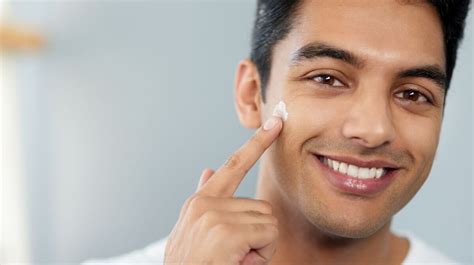How to achieve a consistently sharp, professional shave without irritation?

For many, shaving is a daily ritual, yet achieving that coveted barber-shop finish – a sharp, close shave without the sting of irritation – often feels like an elusive goal. Banish razor burn, ingrown hairs, and redness by adopting a systematic approach that prioritizes skin health and precision. This guide will walk you through the essential steps, from preparation to post-shave care, ensuring every shave leaves you looking and feeling your best.
The Foundation: Preparation is Key
A great shave begins long before the blade touches your skin. Proper preparation softens the hair, opens pores, and creates a protective barrier, drastically reducing friction and irritation. Start with a warm shower or by applying a hot, damp towel to your face for a few minutes. This process hydrates the skin and makes the whiskers more pliable.
Next, cleanse your face with a gentle facial cleanser. This removes dirt, oil, and dead skin cells that can clog your razor and lead to breakouts or ingrown hairs. For an even smoother experience, consider a mild exfoliant 2-3 times a week, but not immediately before every shave, as this can be too aggressive for daily use.

Choosing Your Weapon: The Right Razor and Blade
The tool you use makes a significant difference. While multi-blade cartridge razors are convenient, they can sometimes cause irritation by pulling the hair before cutting, leading to ingrowns. Many opt for a single-blade safety razor or even a straight razor, which offer a more precise cut with less tugging, especially for sensitive skin. Regardless of your choice, ensure your razor is clean and your blade is sharp.
Dull blades are the enemy of an irritation-free shave. They drag across the skin, requiring more pressure and leading to nicks, cuts, and razor burn. Replace cartridge blades every 5-7 shaves, and safety razor blades every 3-5 shaves, or as soon as you feel any tugging. A sharp blade glides effortlessly.
Lather Up: The Role of Quality Shaving Cream
Never dry shave or use just soap. A high-quality shaving cream, gel, or soap creates a rich, lubricating lather that cushions the skin and allows the blade to glide smoothly. For an extra layer of protection, especially if you have sensitive skin or coarse hair, apply a pre-shave oil before your lather. This oil forms a slick barrier between your skin and the blade.
Using a shaving brush to apply your lather helps lift the hairs, ensuring a closer shave. Work the lather onto your face in circular motions, covering all areas to be shaved thoroughly. Allow the lather to sit for a minute or two to further soften the whiskers.
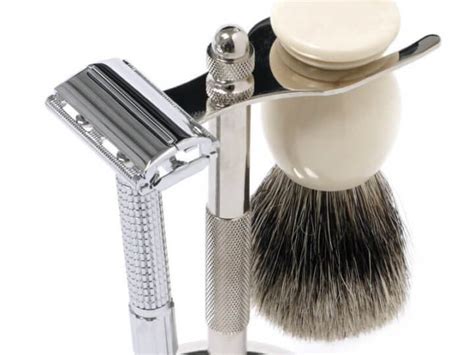
The Technique: Mastering Your Strokes
The way you shave is paramount. Always shave with the grain of your hair growth on the first pass. This reduces irritation and hair pulling. If you desire an even closer shave, you can perform a second pass across the grain or even against the grain, but only after reapplying lather and if your skin can tolerate it without irritation. Use short, light strokes, allowing the razor’s weight to do the work, not excessive pressure.
Rinse your razor frequently under warm water to clear away accumulated hair and shaving cream. A clogged razor requires more pressure and leads to an uneven shave. Stretch your skin taut with your free hand in areas like the jawline or neck to create a flat surface for the blade, minimizing nicks and ensuring a clean cut.
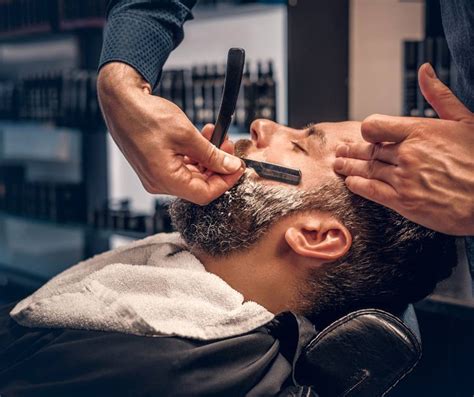
Post-Shave Perfection: Soothing and Protecting
Once you’ve achieved your desired closeness, rinse your face thoroughly with cool water. Cold water helps to close pores and soothe the skin, reducing redness and preventing potential irritation. Gently pat your face dry with a clean, soft towel – never rub vigorously.
Follow immediately with an alcohol-free aftershave balm or moisturizer. Alcohol-based aftershaves can dry out and irritate the skin, especially after a close shave. A good balm will hydrate, calm, and protect your skin, preventing dryness and post-shave sensitivity. Look for ingredients like aloe vera, glycerin, or shea butter for maximum comfort.
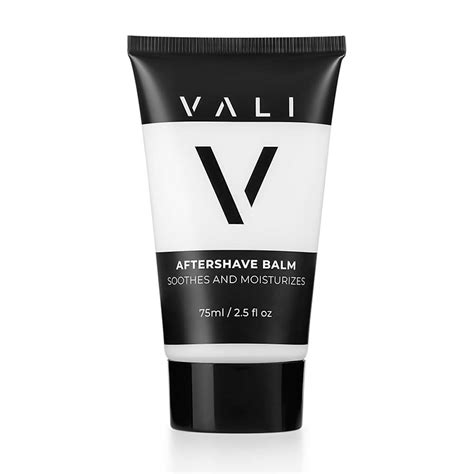
Razor Longevity: Maintenance and Care
To ensure your razor performs optimally and lasts longer, proper maintenance is crucial. After each shave, rinse your razor thoroughly to remove all hair and shaving cream residue. Do not tap your razor against the sink to clear it, as this can damage the blade alignment. Instead, rinse under running water.
Once rinsed, allow your razor to air dry completely before storing it. Storing a wet razor can lead to rust and bacterial growth, which can cause skin issues. Keep your razor in a dry place, preferably upright, to allow moisture to evaporate. Regular cleaning and timely blade replacement are small habits that make a big difference in achieving consistent, irritation-free shaves.
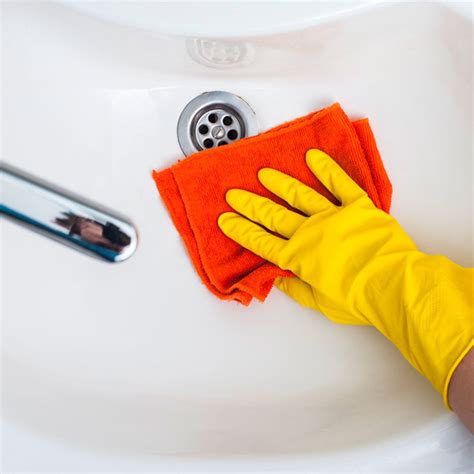
Achieving a consistently sharp, professional shave without irritation is a blend of art and science. By dedicating time to proper preparation, investing in quality tools, mastering your technique, and committing to a diligent post-shave routine, you can transform your daily chore into an enjoyable and rewarding grooming experience. Say goodbye to redness and discomfort, and hello to smooth, healthy skin.






